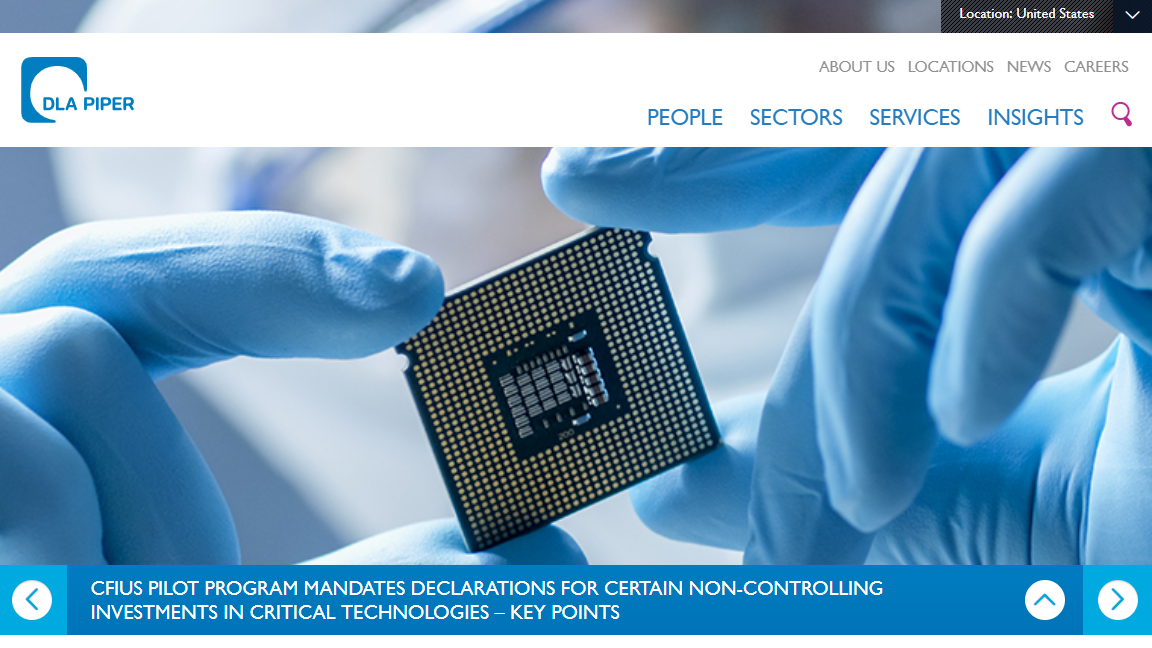It is no small feat for a law firm to restructure its entire system of back-office support services, but that is what DLA Piper, a top-five Global 100 law firm, is announcing today that it has done across all 28 of its U.S. offices, using technology to better delegate support tasks and manage support workflows.
The firm says it has done this using BigHand Now, a tool designed to simplify the capture and transfer of legal tasks from attorneys to support staff and to give managers a comprehensive overview of workloads and capacities so that they can adjust staffing levels and assignments to stay within deadlines. The firm has worked with BigHand to roll out the tool to more than 2,000 users in 28 North American offices.
I wrote about BigHand Now in 2015, just before it was introduced at that year’s LegalTech show in New York. More recently, I wrote about updates from BigHand at this year’s ILTA conference, where Eric Wangler, president of BigHand, told me that the company — which started with dictation and voice productivity products — is continuing to build out its offerings to address a wider range of law firm workflow issues.
In embarking on the restructuring, the firm’s goal was to replace the traditional one-to-one relationship between attorneys and legal secretaries with a shared-resource model using multi-level teams. The idea was to be more efficient in supporting multiple attorneys at a time and more cost effective by ensuring the right work was always completed by the right people at the right cost. The firm also believed this would allow senior administrators to focus on higher-level tasks while more generic or repetitive work could be delegated to more junior staff.
Initially, DLA Piper supported this new model using an internally developed tool, but the firm decided to switch to BigHand Now after seeing that it needed something that would provide a broader and more robust overview of the pipeline of tasks across teams and levels.
Since completing this rollout six months ago, DLA Piper says, some 8,000 tasks per month are being sent through the system by more than 1,000 daily users. During that time, the proportion of work being carried out by lower-level staff has more than doubled, while turnaround times for attorneys to receive work back have decreased.
“The by-product has been cost reduction achieved as a result of allocating more tasks to lower-level, lower-cost resources and the ability to proactively manage staff to improve their skill sets and enhance job satisfaction,” said Norma Spearman, chief legal support officer at DLA Piper.
 Robert Ambrogi Blog
Robert Ambrogi Blog